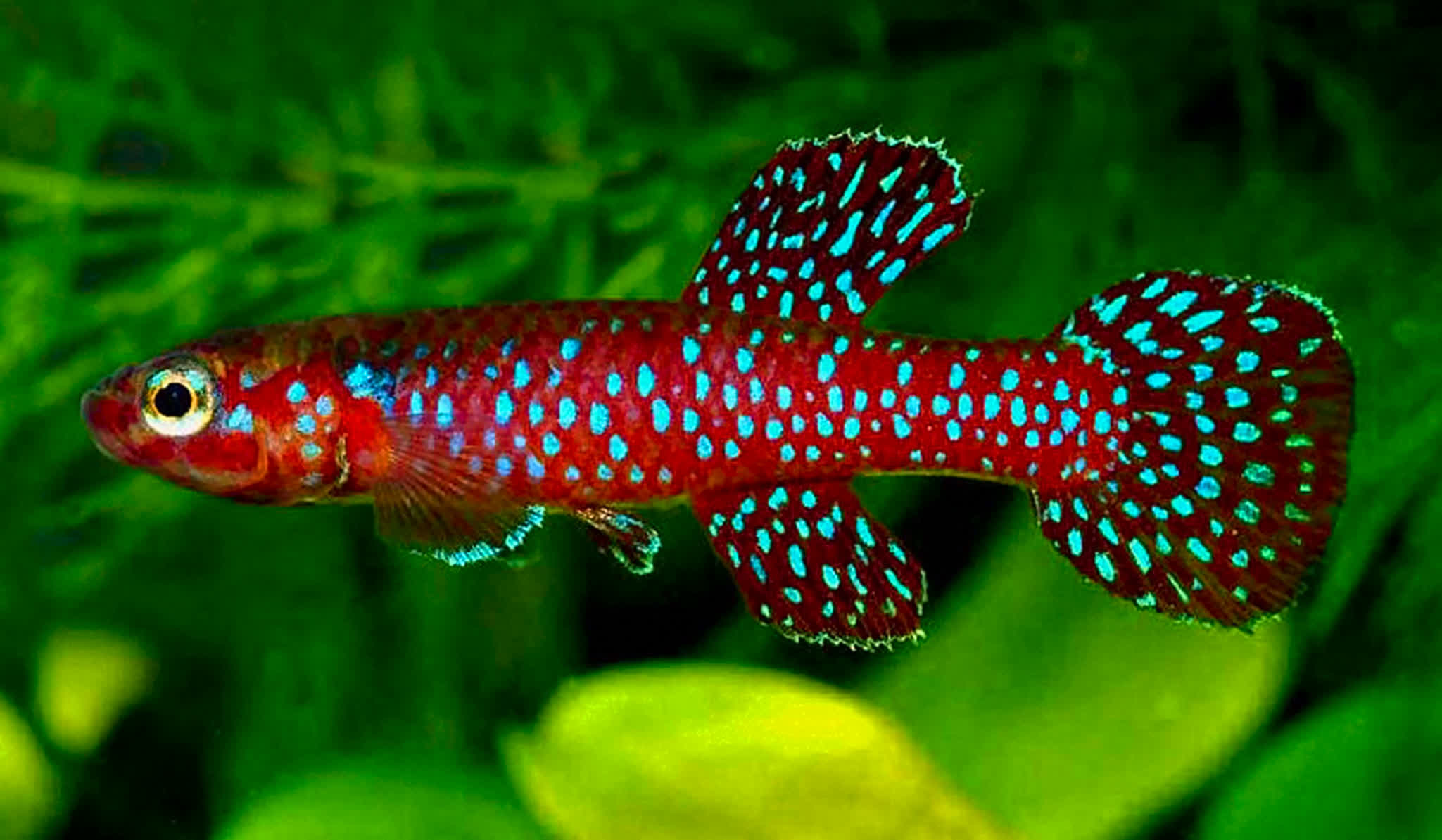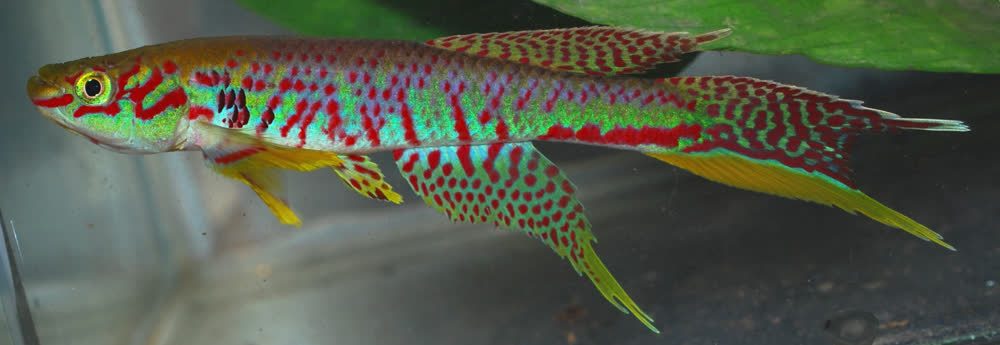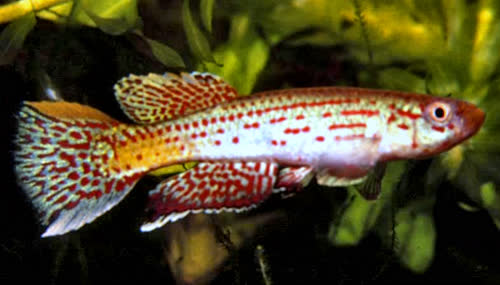 |
 |
 |

And you can move fish from water to harder water, at any time no matter what the difference. But pH 4.5 to 7.0 or back.. pfft. They don't even notice, you'd sweat it could be identical water because they just don't react at all.
Now, going to softer water, especially the near-zero total dissolved solids of 1-3ppm in the more tightly wound membranes is another story, and students of biology will remember osmotic pressure and what that does, bit that probably sounded odd and confusing and who can remember which way went what, it's like convex and concave, we all know what they are but are never quite sure which is which.
So, the rule for hardness is a lot easier to remember:
1) Ignore pH. It's not even worth the bother to measure it
2) If you move fish to softer water youhave to do it slowly. 50% per day, max.
3) if you put sick from anything harder than very soft water into water of 0 hardness, osmotic pressure will cause the gills to burst and th fish dies, the symptoms are hanging listlessly just under the surface with big red swollen gills - which are the same symptoms for ammonia poisoning, which is 10X more likely happen in a very soft to zer0 hardness tank than in plain good old tap-water. The dissolved solids in harder water biffee the dangerous effects of ammonia by attaching to it and making ammonium, which non exactly non toxic but certainly does't kill everything in even trace amounts lie ammonia does. This switches built up slowly, - the conditions for it do, but all of a sudden when buffering capacity of the water s gone and the ph goes to a certain point - boom -that's it, all the ammonium gets converted to ammonia when the ph got to a certain point and it can happen in second or minutes or even hours but you can't miss it.
If it does happen, the fish dart around as if quite mad and excrete a "fright substance" (referred to as "schreckstoff" in the German aquarist literature. Claimed later to be mythical we know now certain stress hormones are secreted and detected and this are in a permanent state of fight/flight reaction and will be until you change all of the water. Twice wouldn't hurt, I don't know, I've never brought fish back from where they got to this point to be honest. What I did not do I retrospect is have a clay flowerpot to provide at least some buffering capacity and should have stuffed it full of plants, it was a dark cool plant-less tank.
That is you have to be far more scrupulous about uneaten food, and siphon and replace water after every meal and not really a suggestion it's an inviolate rule. You won't notice this so much with an adult pair but once you have a few dozen fry in a tank that seem to be doing ok, keep in mind they can be wiped out in one day for no apparent reason because water of zero hardness can switch, so quickly to something that cannot support life.
On a personal mote I once wiped out an entire tank, about 15-20 pair of A. cameronense Ngoyang in Los Angeles that came from an adult pair from the SCKA auction that Kit Stowell had kindly brought from San Diego in the 1980s that he got, I believe from Stefan Hellner in Germany.
They were cool fish, bread easily after being acclimated to pure RO water, not a problem at all, egg production was as good as gardneri, no fertility or fungus problems, fry were easy to raise and sexed out even and then two days in a row I didn't change the water after feeding the adult brine shrimp they were now getting and on the third day when I went to perform this long overdue chore in the morning before going to work I noticed they they were darting around like mad; I changed the water and went to work and when I got home that evening they were all dead. They looked absolutely fine the day before. "Yup, that's what happens" so they say. So, be careful.
But, this is meant to forewarn, not alarm, and should not be a disincentive to a soft water tank, people do it all the time and for years now. Just keep in mid that as bioload increases and the water gets filthier, even if you cant see it, that these fish are not as forgiving as gardneri or Epiplatys, in fact they aren't forgiving at all, they just die with no warning if you're not on top of this.
The best way to avoid this is treat them with marine fish ideas, that is 1 inch per 10 gallons not in inch per gallon. This may ne viewed as extreme but that is because these tiny fish are from extreme ultra-pure water and maintain a territory of one square meter. Imagine one A. cyanostictum in a 250 gal square foot tall tank and that's about right. The less you crowd these fish the less you have to be concerned with water chemistry.
That being said, try in your tap water first and give it a good try even if things don't work at the beginning, other members of the species group have been bred in water that wasn't soft at all.